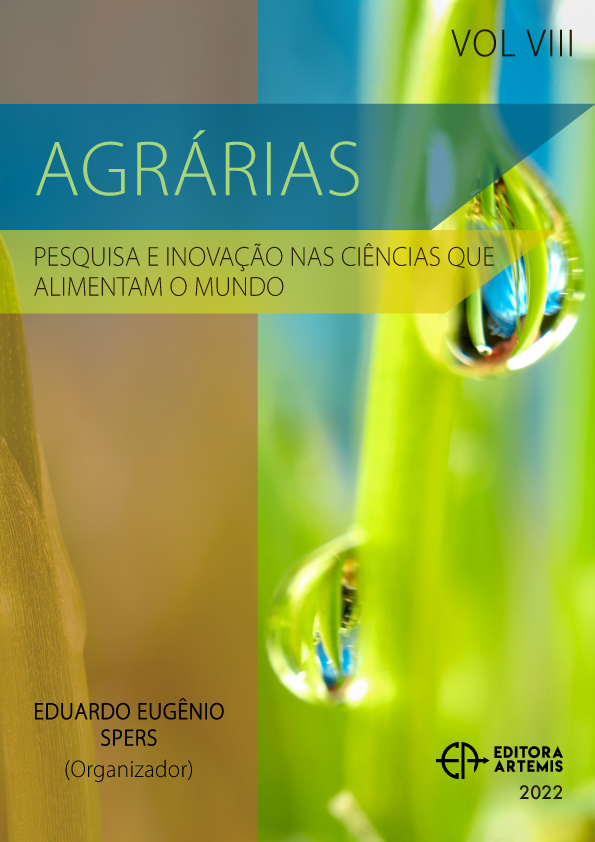
PLAGAS DESENCADENANTES DE EPIFITIAS DEL CULTIVO DE PLATANO & ESTRATEGIAS DE CONTROL
El cultivo de musáceas (Musa spp.), llámese banano o plátano, no escapan a la voracidad de plagas y enfermedades que detrimentan seriamente sus producciones; entre ellas ácaros, insectos, nematodos y fitopatógenos de origen diverso (bacterias, virus, hongos y nematodos entre otros), produciendo pérdidas considerables en dependencia de la región geográfica de referencia, condiciones edafoclimáticas, cultivares establecidos, técnicas y procederes de su cultivo y arraigo cultural. Siguen siendo problemas actuales agentes ya conocidos de décadas pasadas como Sigatoka negra (Mycosphaerella fijiensis), Mal de Panamá (Fusarium oxysporium var. Cúbense raza 4), Moko bacteriano (Ralstonia solanacearum raza 2), Pudrición blanda (Erwinia spp.) y los nematodos, principalmente los lesionadores de raíces de los géneros Radopholus, Pratylenchus, Tylenchus, Helicotylenchus, hoy considerados como la problemática fitosanitaria cardinal del cultivo de plátano por su asociación debidamente demostrada y argumentada con su principal plaga insectil, el picudo negro, Cosmopolites sordidus, (Coleoptera: Curculionidae), responsables de la diseminación, infestación y deterioro progresivo de las plantaciones plataneras por este complejo biológico fitopatogénicos nocivo anteriormente mencionado. Por ello; el interés particular de la presente reseña de contribuir a divulgar y se conozca esta problemática fitosanitaria de las musáceas, expuestas durante la celebración del I Seminario internacional REDUPLATANO Ecuador 2018, que sentó las bases de un nuevo enfoque del manejo del cultivo y sus principales plagas.
PLAGAS DESENCADENANTES DE EPIFITIAS DEL CULTIVO DE PLATANO & ESTRATEGIAS DE CONTROL
-
DOI: 10.37572/EdArt_26082268214
-
Palavras-chave: Epifitias, Picudo negro, Nematodos, Mal de Panamá, Moko bacteriano.
-
Keywords: Epifitias, Panama disease, Bacterial Moko, Nematodes.
-
Abstract:
The cultivation of musaceae (Musa spp.), call it bananas or plantains, does not escape the voracity of pests and diseases that seriously damage their production; among them mites, insects, nematodes and phytopathogens of diverse origin (bacteria, viruses, fungi and nematodes among others), producing considerable losses depending on the geographical region of reference, edaphoclimatic conditions, established cultivars, techniques and procedures for their cultivation and rooting cultural. Agents already known from past decades continue to be current problems, such as black Sigatoka (Mycosphaerella fijiensis), Panama disease (Fusarium oxysporium var. Cúbense race 4), bacterial Moko (Ralstonia solanacearum race 2), soft rot (Erwinia spp.) and nematodes. , mainly the root lesioners of the genera Radopholus, Pratylenchus, Tylenchus, Helicotylenchus, today considered the cardinal phytosanitary problem of banana cultivation due to its duly demonstrated and argued association with its main insect pest, the black palm weevil, Cosmopolites sordidus, (Coleoptera : Curculionidae), responsible for the dissemination, infestation and progressive deterioration of banana plantations by this previously mentioned harmful phytopathogenic biological complex. Thus; The particular interest of this review is to contribute to the dissemination and knowledge of this phytosanitary problem of Musaceae, exposed during the celebration of the I International Seminar REDUPLATANO Ecuador 2018, which laid the foundations for a new approach to crop management and its main pests.
-
Número de páginas: 21
- Francisco Angel Simón Ricardo
- Renso Oswaldo Lozano Gámez
- Cristhian Andrés Méndez Cedeño

